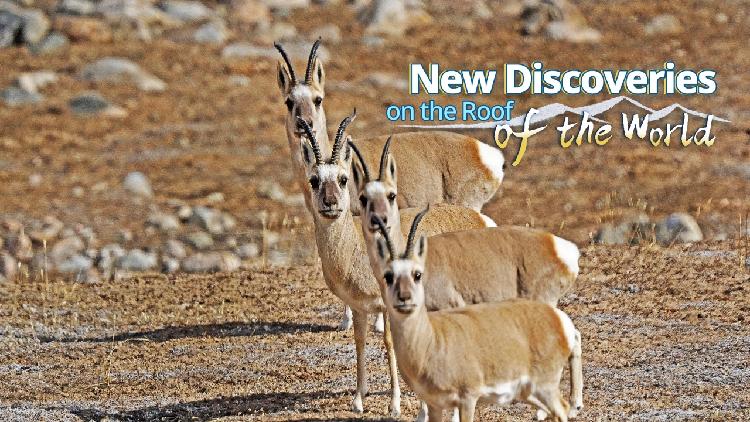Investigations into Qinghai-Xizang Plateau reveal over 3,000 newly identified species
Surveys conducted on the Qinghai-Xizang Plateau have revealed the existence of over 3,000 new species.

Regarded as the "roof of the world" and the "water tower" of Asia, the Qinghai-Xizang Plateau is essential for maintaining ecological, water, and climate security both in China and globally. It serves as a key ecological security shield and a strategic reserve of resources.
Launched in August 2017, the effort has involved more than 7,000 scientists who have undertaken extensive surveys in 19 critical areas across the plateau.
During the course of the expedition, researchers developed a system to classify the plateau's ecosystems by merging remote-sensing technologies with on-ground research. This has significantly enhanced the understanding of the plateau's ecological and biodiversity changes.
Significant achievements include the creation of detailed maps, such as a 1:500,000 scale grassland vegetation map, a comprehensive soil map for the plateau, and a map tracing the alpine tree line over 2,400 kilometers of the Himalayas.
"These maps reveal the spatial pattern and dynamic changes of the ecosystem, and improve our assessment of ecosystem quality and its service functions," stated Ouyang Zhiyun from the Research Center for Eco-Environmental Sciences under the Chinese Academy of Sciences.
These maps are crucial in forming strategies for biodiversity conservation and in planning for national parks throughout the Qinghai-Xizang Plateau.
The research team has also engaged in field studies in the plateau's most sensitive and essential zones, leading to the discovery of over 3,000 new species, including 205 animals, 388 plants, and 2,593 microbes.
The expedition has rediscovered plants previously believed extinct, such as Lilium medogense and Meconopsis smithiana. Camera traps in the region have also captured images of rare wildlife, including snow leopards, clouded leopards, and Bengal tigers.
In response to these findings, the Xizang Autonomous Region government has set aside over 600,000 square kilometers as ecological conservation zones, over half of the region's total area. Xizang now boasts 47 nature reserves and has seen an increase in its ecologically functional terrain to 1.08 million square kilometers.
Ian Smith for TROIB News
Find more stories on the environment and climate change on TROIB/Planet Health












